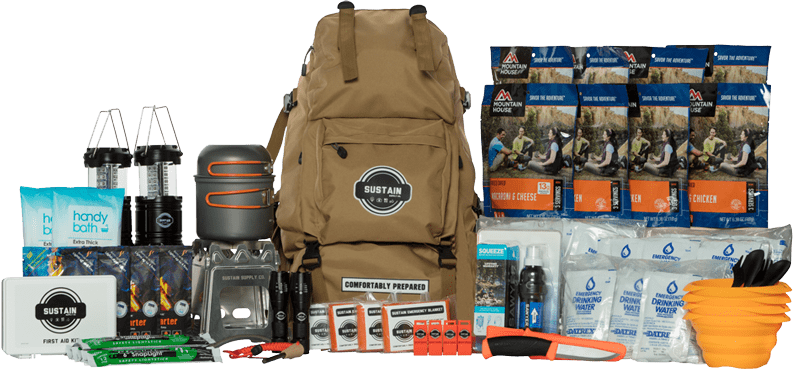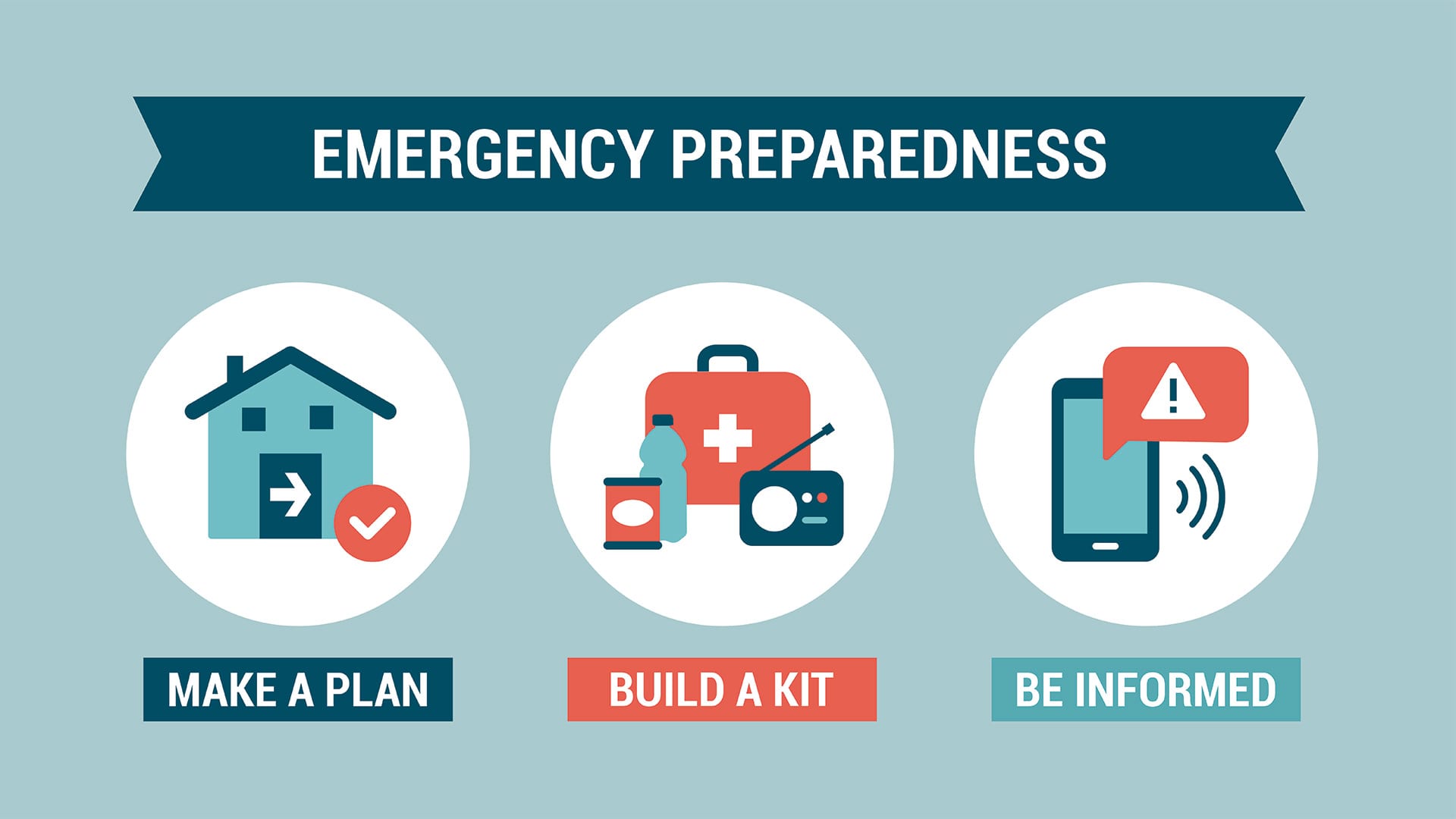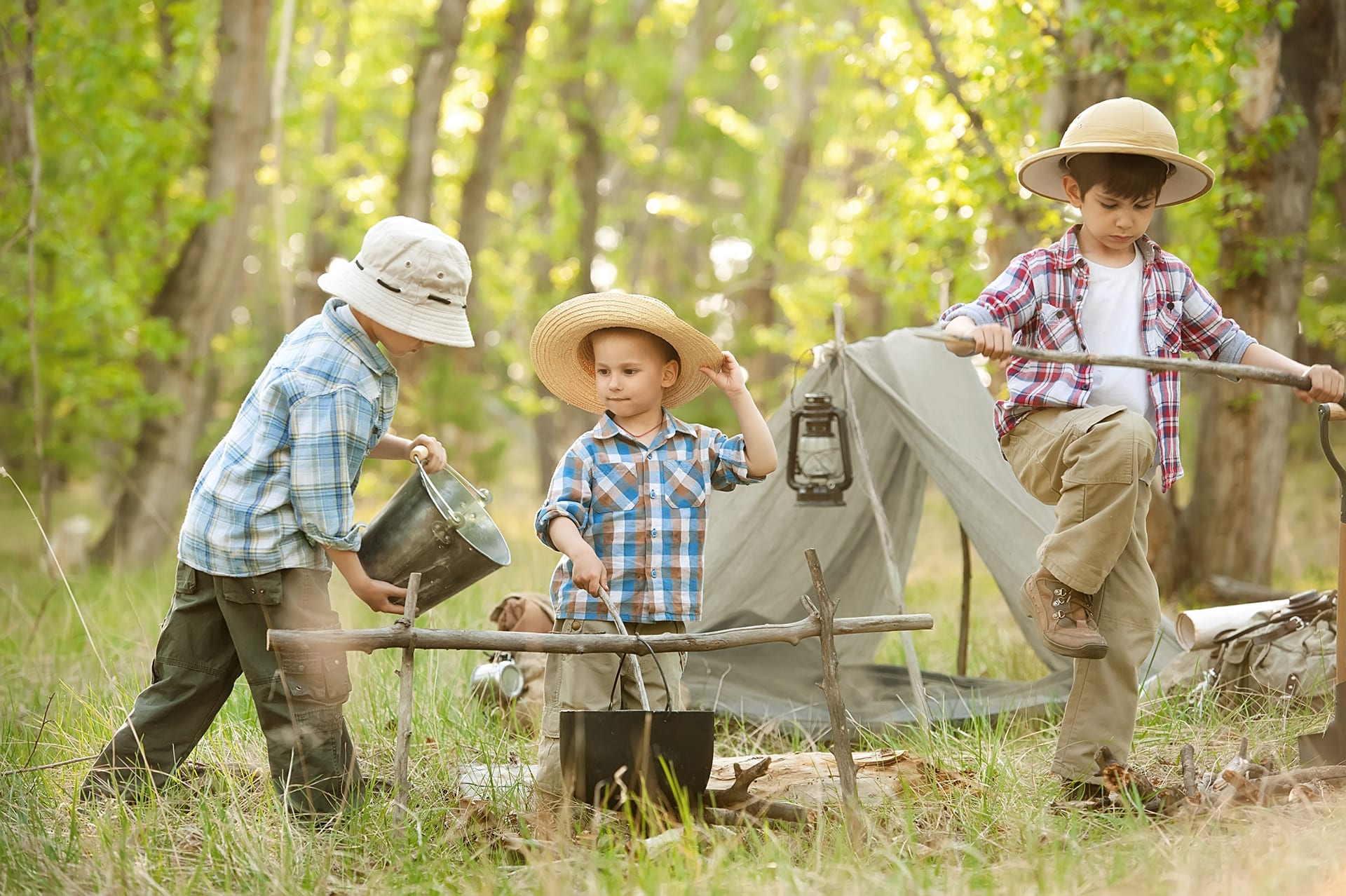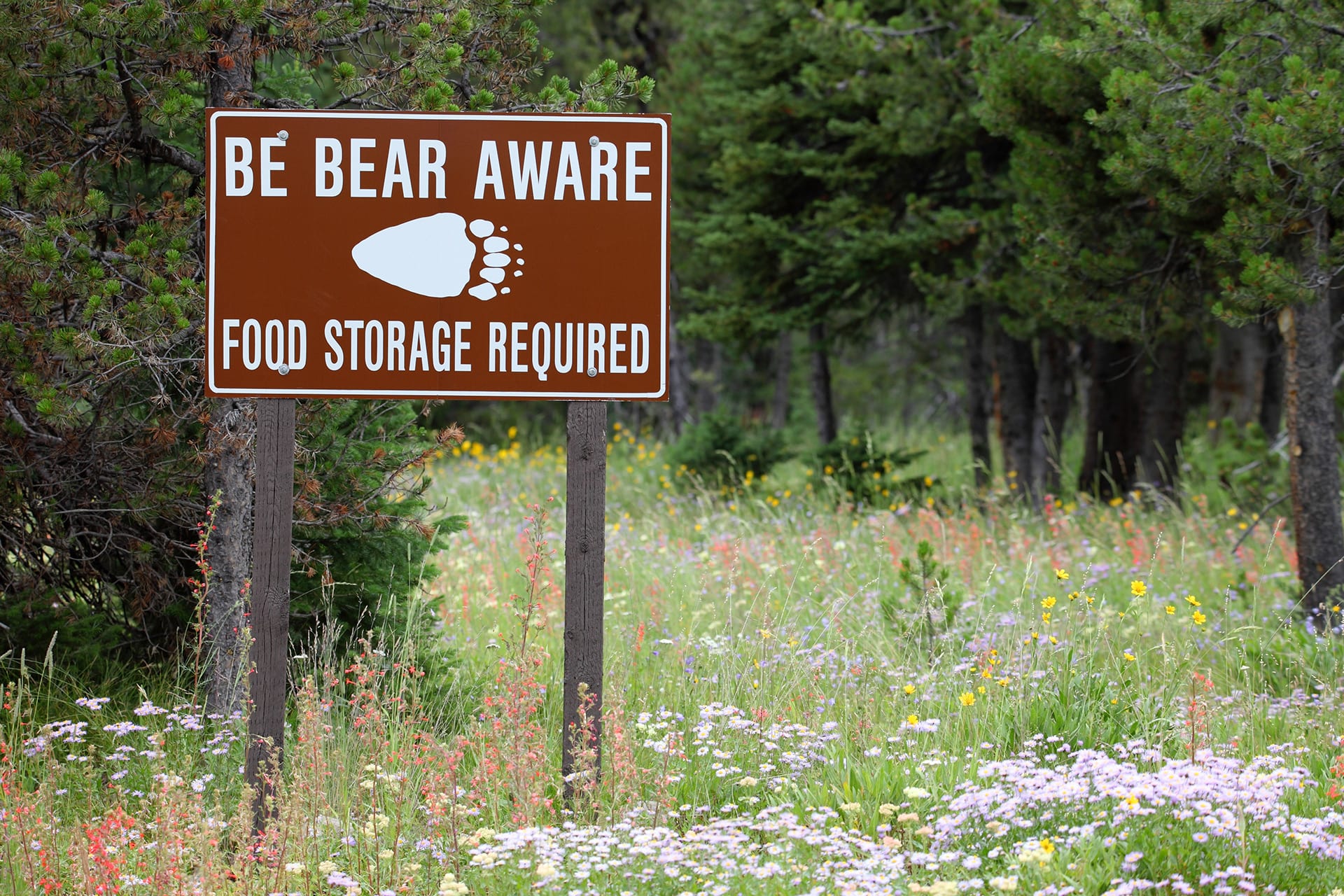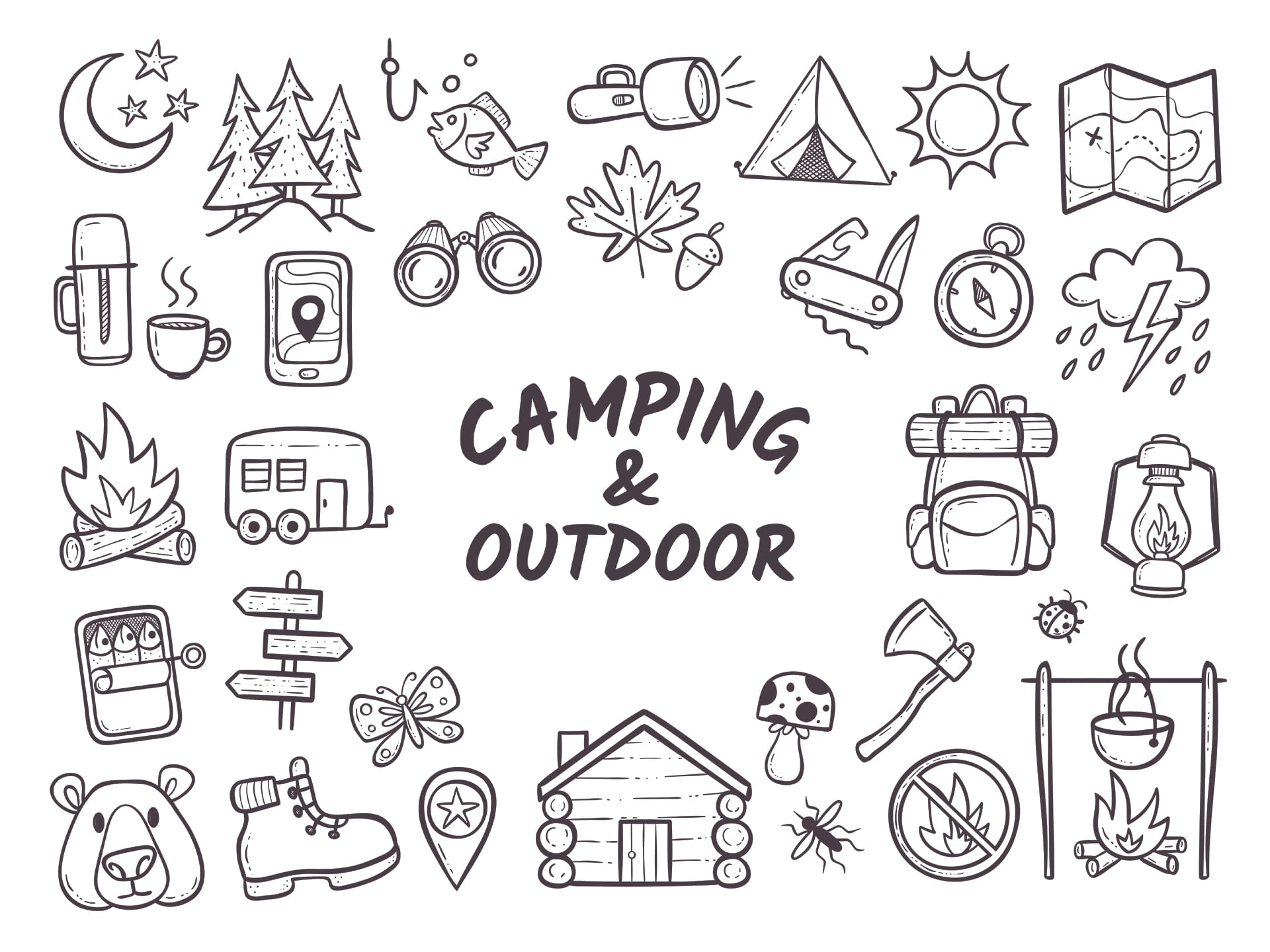
The Most Common Natural Disasters by Geographic Area
Natural disasters have been affecting and reshaping our planet as we know it for hundreds of years. Some of the biggest natural disasters in our history have significantly harmed or wiped out entire civilizations, such as Pompeii. Thankfully, with advancements in technology as well as learning from previous historical events, we now have a better understanding of where and how these disasters arise. While it is still impossible to fully predict weather patterns, we possess a better understanding on where they can occur geographically and what factors assist in creating these disasters.
Today we will discuss the most common natural disasters by geographic area in the United States.
East & West Coast | In the U.S., the natural disasters and weather emergencies that typically occur are quite different on the east and west coasts, respectively. Whereas hurricanes and earthquakes are the biggest threat on the east coast, California and its neighboring states are subjected to potential wildfires and earthquakes. Wildfires are rampant in California, mainly due to a mix of tinder-dry forests and strong winds. Unlike hurricanes, earthquakes are nearly impossible to predict ahead of time. Gaining an understanding on where earthquakes are most likely to occur will make it easier for people to prepare themselves and their families for these events.
Central States & Great Plains:
In the central United States, and especially in the Great Plains region, the biggest threat to citizens are the powerful, sporadic, and deadly cyclones also known as tornados. Tornados usually spawn from thunderstorms, when warm moist air mixes with cool dry air. This in turn forms a funnel of air that begins spiraling until it becomes strong enough to evolve into a tornado. Tornadoes have the ability to create winds that can reach up to 300mph, ripping trees from the ground while also destroying your home in seconds.
Northern United States:
The further north you travel, the less likely you are to be burdened by earthquakes, wildfires, tornados, and hurricanes, but that does not mean you will not be facing other threats. Winter storms can be viscous. With endless snow, black ice on the roads, and howling winds, many northern homeowners have lost power for days at a time while being snowed in. In the northern states, most citizens are on their own until conditions clear up, which furthers the need to have an emergency kit on standby. Also, when the ice and snow melts, certain areas are more susceptible to mudslides as the moist and soggy earth can easily give out.
The key to preparation is being prepared before the moment happens, not assessing what you need when it’s already too late. With Sustain, you and your family are ready for whatever mother nature may throw at you.
